
Introduction
Did you know that over 60% of households in the United States use aluminum cookware daily? This statistic alone highlights the importance of understanding the safety of the materials we use in our kitchens. Cookware is a vital part of our everyday lives, yet many of us don’t consider whether it’s truly safe.
Today, we’re diving into a question that’s been on the minds of many: Is hard anodized aluminum cookware safe? If you’re upgrading your kitchen or want eco-friendly flooring, make sure your choices are practical and safe for your family.
This article will explore the rise of hard anodized aluminum. It will address safety concerns. We’ll provide you with everything you need to know to make informed decisions about your cookware.
The Rise of Hard Anodized Aluminum
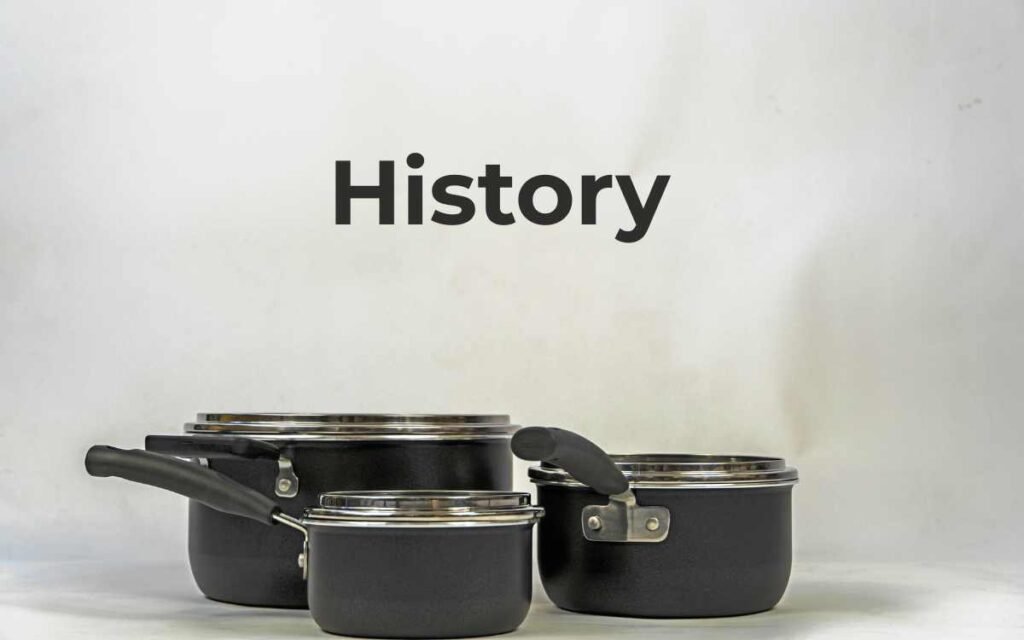
– Brief History of Aluminum Cookware
Aluminum has been a popular choice for cookware since the early 20th century. Its light weight, high heat conductivity, and low cost made it a kitchen staple worldwide. However, as concerns about aluminum’s safety surfaced, the cookware industry needed to innovate. This led to the development of hard anodized aluminum cookware.
– Introduction to the Hard Anodization Process
So, what exactly is hard anodized aluminum? Anodization is an electrolytic process that treats aluminum. It thickens its natural oxide layer. This results in a surface that’s not only harder than regular aluminum but also resistant to corrosion and scratches. It’s this process that has allowed hard anodized cookware to gain popularity for its durability and performance.
– Popularity and Reasons for Its Growth
Hard anodized aluminum cookware quickly became a favorite of home cooks and chefs. Why? It combines the best of traditional aluminum. It has excellent heat distribution. Plus, it is more durable and safer. The non-stick surface also eliminates the need for excessive oils or fats, making it a healthier option for cooking.
Aluminum Safety Concerns: A Myth Busted
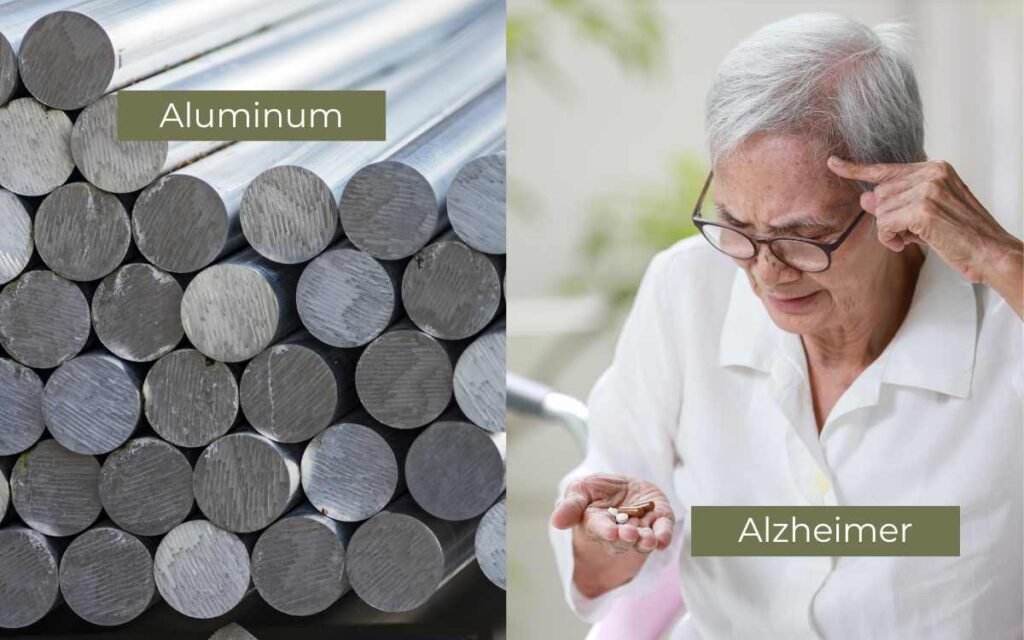
– Historical Concerns About aluminum Toxicity
The safety of aluminum cookware has been debated for decades. In the 1970s, some worried about a link between aluminum and Alzheimer’s. These concerns caused widespread fear, leading many to abandon their aluminum pots and pans.
– Modern Research and Findings
However, modern research has largely debunked these fears. Studies, including those by the Alzheimer’s Association, found no conclusive link between aluminum cookware and Alzheimer’s or other health issues.
In fact, the World Health Organization (WHO) has stated that the average person’s exposure to aluminum through food is not harmful.
– The Role of the Anodization Process in Mitigating Risks
The anodization process plays a crucial role in ensuring the safety of aluminum cookware. By creating a protective oxide layer, anodization prevents the aluminum from leaching into food. This means that, unlike untreated aluminum, hard anodized cookware is safer for daily use. It poses no same risks.
The Science Behind Hard Anodization
– Detailed Explanation of the Anodization Process
Let’s dive a bit deeper into science. Anodization involves immersing aluminum in an acid electrolyte bath. Then, an electric current is passed through it. This process thickens the aluminum’s natural oxide layer. It creates a non-reactive and very durable coating. This coating is what makes hard anodized aluminum cookware resistant to scratches and corrosion.
– Formation of the Protective Oxide Layer
The protective oxide layer formed during anodization is what sets hard anodized cookware apart. This layer is non-porous. It won’t react with acidic or alkaline foods. This is a major concern with regular aluminum cookware. This ensures that your food remains safe and uncontaminated, even when cooking at high temperatures.
– Comparison to Other Finishes
When it comes to comparing hard anodized aluminum to other finishes like Teflon or ceramic, the benefits are clear. Hard anodized aluminum is safe. Unlike Teflon, it won’t break down at high temperatures and release harmful chemicals. Ceramic cookware is a good option. But, it isn’t as durable or heat-conductive as hard-anodized aluminum. In essence, hard anodized aluminum provides a balance of performance, safety, and longevity that’s hard to beat.
Hard Anodized aluminum vs. Other Cookware Materials
When deciding on the best cookware for your kitchen, it’s essential to weigh the pros and cons of various materials. Let’s compare hard anodized aluminum to popular cookware materials. They are stainless steel, cast iron, and ceramic.
1. Hard Anodized Aluminum Cookware Material
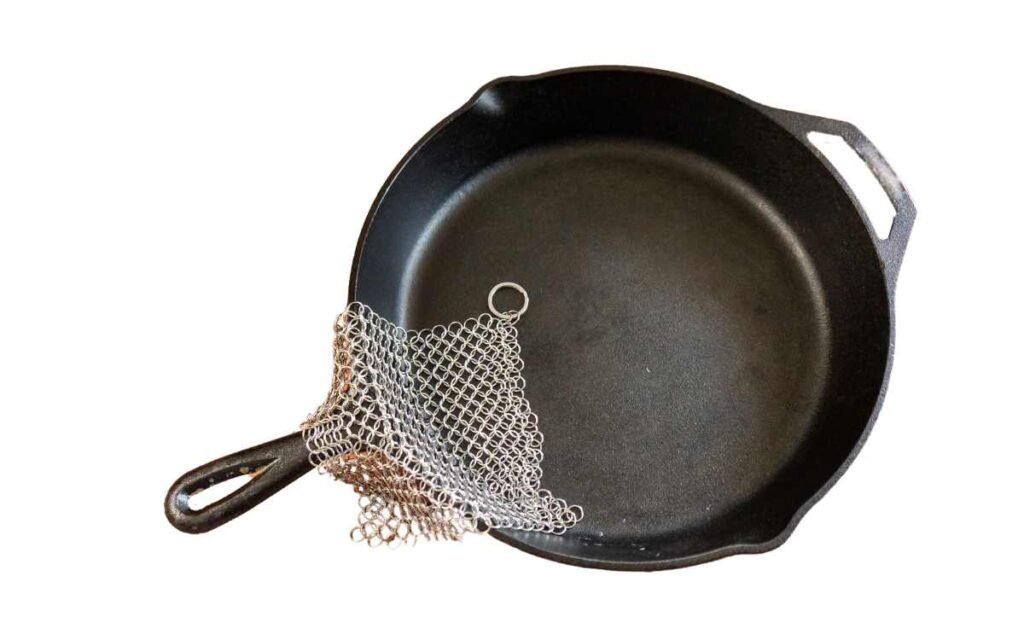
Pros
- Excellent Heat Distribution: Hard anodized aluminum conducts heat well. It cooks evenly, without hot spots.
- Non-Reactive Surface: The anodization process creates a non-reactive surface. It is safe to use with acidic foods like tomatoes and citrus.
- Durable: The hard anodized surface is scratch-resistant. It is more durable than regular aluminum. It can withstand daily cooking.
- Non-Stick Properties: Many hard anodized cookware pieces are non-stick. This reduces the need for cooking oils and makes cleanup easier.
Cons
- Not Dishwasher Safe: While durable, most hard anodized cookware is best cleaned by hand to preserve its non-stick surface.
- Cost: Hard anodized aluminum cookware is costlier than regular aluminum. But, it is cheaper than high-end stainless steel or ceramic options.
2. Stainless Steel Cookware Material
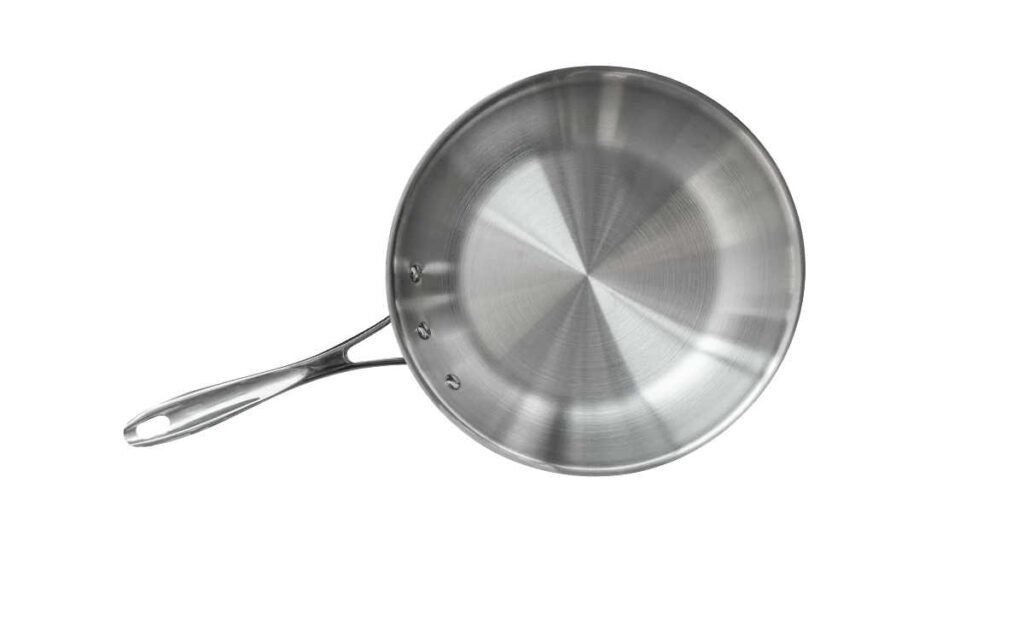
Pros
- Durability: Stainless steel resistant to rust, corrosion, and staining and hence is highly durable.
- Non-Reactive: Like hard anodized aluminum, stainless steel doesn’t react with acidic or alkaline foods.
- Versatility: It’s suitable for a wide range of cooking techniques, including browning, searing, and deglazing.
- Dishwasher Safe: Most stainless steel cookware is dishwasher safe, making cleanup convenient.
Cons
- Poor Heat Conductivity: Stainless steel, without a copper or aluminum core, doesn’t conduct heat as well as other materials. This can cause uneven cooking.
- Food Sticking: Stainless steel has no natural non-stick properties. So, if not preheated or oiled, food can stick to it.
3. Cast Iron Cookware Material

Pros
- Superior Heat Retention: Cast iron holds heat very well. It’s perfect for slow-cooking, frying, and baking.
- Natural Non-Stick Surface: When properly seasoned, cast iron develops a natural non-stick coating.
- Longevity: With proper care, cast iron cookware can last a lifetime and even be passed down through generations.
Cons
- Heavy: Cast iron is much heavier than other cookware materials, which can make it cumbersome to handle.
- Maintenance: Regular seasoning to maintain its non-stick surface and prevent rust.
- Reactivity: Uncoated cast iron can react with acidic foods, potentially imparting a metallic taste.
4. Ceramic Cookware Material
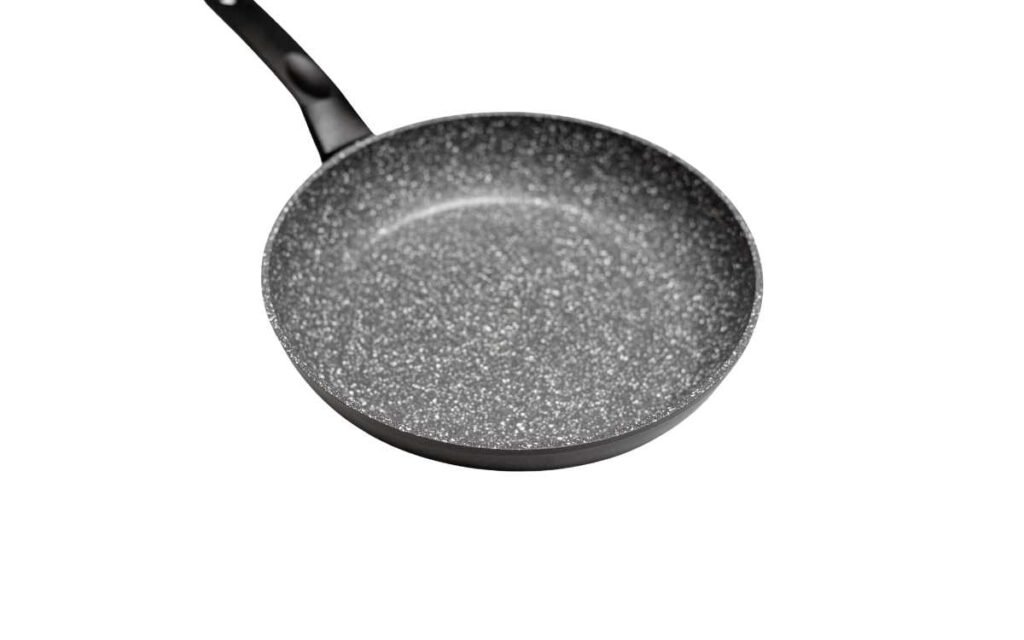
Pros
- Non-Stick Surface: Ceramic cookware is known for its non-stick properties, making it easy to cook with and clean.
- Aesthetically Pleasing: Ceramic cookware often comes in a variety of colors and styles, adding a pop of color to your kitchen.
- Chemical-Free: Most ceramic cookware is free from PTFE, PFOA, and other harmful chemicals, making it a healthier choice.
Cons
- Less Durable: Ceramic cookware can chip or crack more easily than hard anodized aluminum or stainless steel.
- Variable Heat Distribution: While it heats up quickly, ceramic doesn’t always distribute heat as evenly as other materials.
- Cost: High-quality ceramic cookware can be expensive, and cheaper options may not be as durable.
Safety Tips for Using Hard Anodized Aluminum
1. Proper Care and Maintenance
To keep your hard anodized aluminum cookware safe and lasting, follow these care guidelines:
- Hand Washing: It’s tempting to use the dishwasher. But, hand wash hard anodized aluminum pans to preserve their non-stick coating.
- Avoid Metal Utensils: Use wooden, silicone, or plastic utensils to prevent scratching the surface.
- Regular Seasoning: It’s not necessary. But, lightly oiling the surface after cleaning can help maintain its non-stick properties.
2. Cleaning Techniques
Cleaning hard anodized aluminum cookware is straightforward:
- Mild Soapy Water: Use mild dish soap and warm water to clean your cookware after each use.
- Avoid Abrasives: Refrain from using steel wool or abrasive sponges, as they can damage the anodized surface.
- Tough Stains: For tough stains, a paste made from baking soda and water can be applied gently with a soft sponge.
3. Storage Recommendations
Proper storage is also key to extending the life of your cookware:
- Stacking: Place a soft cloth or paper towel between your pots and pans if you need to stack them, to prevent scratches.
- Hanging: Alternatively, hanging your cookware is a great way to keep it in top condition and save space.
Addressing Common Misconceptions
There are a few misconceptions about hard anodized aluminum cookware that are worth addressing:
- Anodized Surface Peeling: Some worry that the anodized surface might peel off. However, this is highly unlikely as long as the cookware is properly maintained.
- Food Sticking: While hard anodized cookware is non-stick, improper use (like cooking on too high heat or not using enough oil) can cause food to stick.
Bottom Line
We’ve covered a lot in this article, so let’s recap the key points. hard anodized aluminum cookware is safe to use, thanks to the anodization process that creates a protective, non-reactive surface. This cookware is very durable and scratch-resistant. It distributes heat well. Proper care and maintenance, including hand washing and avoiding metal utensils, are essential to prolong the life of your cookware.
So, is hard anodized aluminum cookware safe?
The answer is a resounding yes.
With modern anodization, you can safely use this cookware in your kitchen. There are no health risks.






